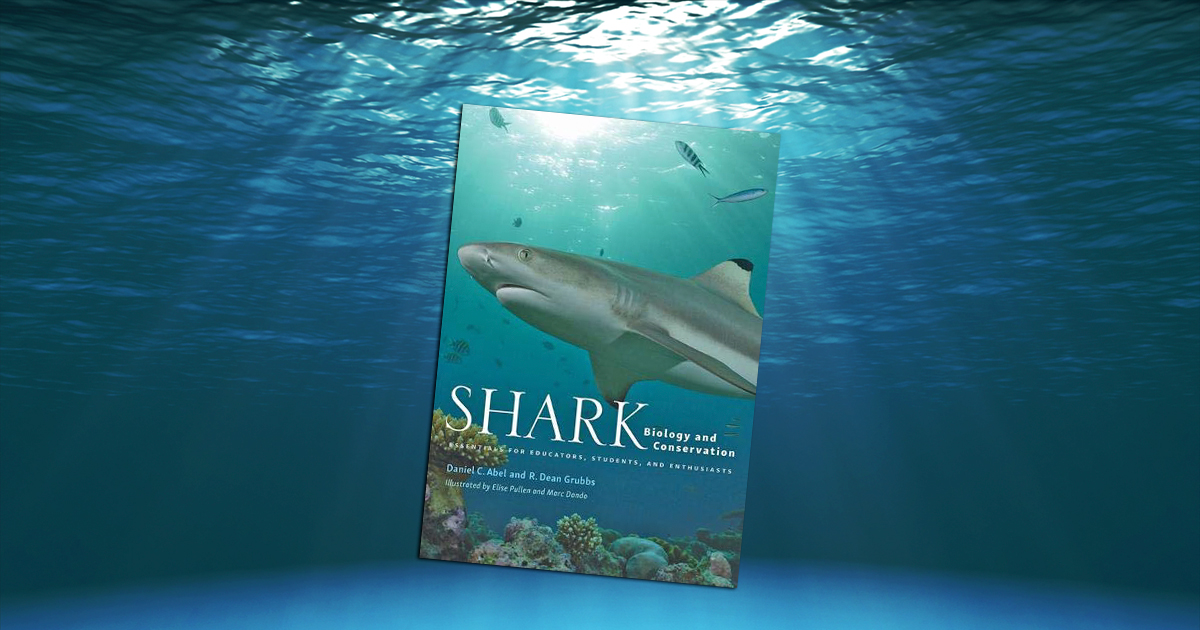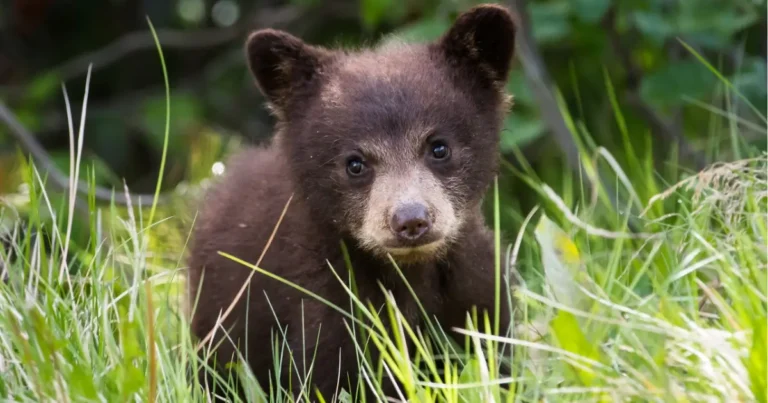
By Jason Motz
Just in time for Shark Week, a new title on sharks hits the bookshelves. From its title alone,Shark Biology and Conservation: Essentials for Educators, Students and Enthusiastsis clearly not meant to rival the commercial sheen of aDiscovery Channeldoc or the campy schlock of aSharknado; the book is a serious tome for ichthyologists that also serves as an entertaining-cum-academic primer for those of us who prefer to study fish from a dry living room.
I am from theJawsgeneration. Born the year after the Hollywood blockbuster forever changed the beach going experience,Jawspermeated my psyche at a young age. Long before I saw the film for myself, I was well familiar with the infamous movie poster of a giant, toothy beast shooting up from the primordial depths towards an unsuspecting young woman. When I watched the film on TV, aged 6 or 7, I cowered into the back of the couch, unwilling to let my legs dangle over the edge for fear a white shark had quietly been living in the house all that time. The fear subsided but my fascination and awe of sharks never left.
Decades on, many more shark movies later (none quite as good as that firstJaws), and with scores of Shark Weeks under my belt, a lot has changed. There is more information about sharks than there was in the second grade when I began a ritual of taking out the school’s only three books on sharks, not so much to read as to gape over the photos. Enthralled, I recall my recoil at seeing a Whale shark for the first time. (Though a docile creature, it’s mass and unique look had my childish imagination think of a large spidery cocoon); the near-human visage of the Blue shark, who’s cold eyes always seemed to give what every cameraperson wants: attitude; a photo of a school of Hammerheads tied my stomach up, instilling a desire to never scuba dive.

Shark Biology and Conservationis not the type of book I would have wanted to read (and re-read) in elementary school. But it does the trick for me today. This is not a book that relishes in the gore of shark attack tales, or one that recycles psychological fears of monsters in the brine; instead, as its subtitle suggests, it offers an educational overview touching on everything from paleontology to ecology, physiology to climate change. It even touches on the under-reported sex lives and reproductive cycle of sharks. The book’s ultimate goal, which it succeeds at, is to illustrate how integral to the ecosystem sharks are, how intertwined our lives are, and how the human threat has pushed sharks into perilous straits.
The book rounds out on a subdued but optimistic point: sharks continue to evolve, and despite the climate uncertainty forcing sharks further into new grounds, diminishing food stocks and loss of habitat, these fish have been around a good long while. To date, whatever curve has been thrown at sharks, they adapt. And while the Anthropocene is the gravest challenge all of nature has ever had to contend with, sharks cannot be counted out to thrive long after the last human has gone surfing.
Co-authors Daniel Abel and R. Dean Grubbs have written a book that mixes academic weight with a breezy, lay writing style, balancing the pages with aquatic terminology, bio jargon, pop culture references and personal experience. The book may be occasionally dry (pun firmly intended) to some readers, especially anyone who has been remiss in keeping tabs on the biological journals since college.
But it’s the breadth of shark varieties that is the highlight. Rather than focus on whites, Tigers, Makos and other more celebrated predators, the book offers readers who may not be knowledge rich on shark types a broad range of study. Some of the unique fish that are written about: Frilled, Cow, Prickly, and Pygmy sharks. The intriguing Hawaiian Shortspine Shortspur and the regal sounding Port Jackson sharks get their due. And who wouldn’t be piqued to read about a Goblin shark? Dwarf Lantern? Or the boldly named Viper Dogfish? Why, there is even a brief blurb on Megalodon. There is no singular star to this book; it’s an ensemble cast.
Shark Biology and Conservationis a treat: a book on sharks written without hysterics or hype, based in science, buoyed by data, and infused with the awe the creatures rightly inspire. If Shark Week doesn’t fulfill your need for shark content, seek this book out.

